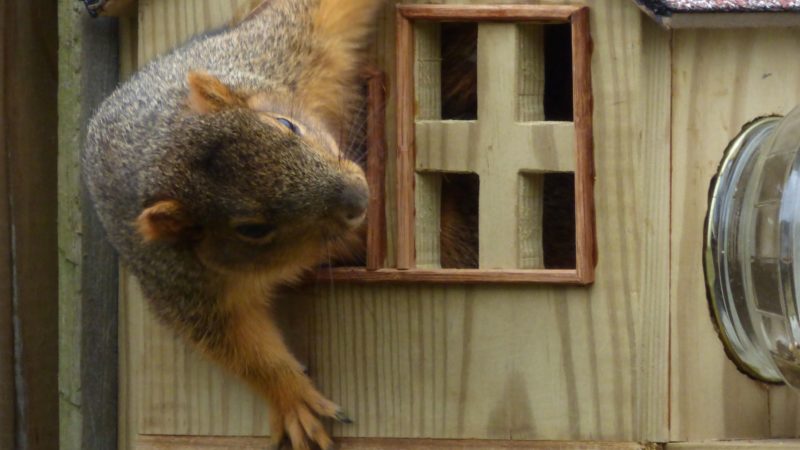
Living close to nature has many benefits, from peaceful surroundings to the beauty of local wildlife. However, the same wildlife that adds charm to the outdoors can sometimes pose a risk to your home. From squirrels chewing on wires to raccoons raiding trash cans, keeping your home safe against wildlife requires proactive measures. By understanding potential risks and taking preventive steps, you can protect both your property and the animals themselves.
Table of Contents
Identify Common Intruders
The first step in safeguarding your home is knowing which animals are likely to intrude. In many regions, raccoons, squirrels, bats, skunks, and birds are frequent visitors. Larger animals, such as deer or bears, may also pose occasional threats depending on your location. Recognizing the signs of these intruders, including chewed wires, overturned trash bins, droppings, or scratch marks, can help you act quickly before damage occurs.
Secure Entry Points
Wildlife often enters homes through small openings. Inspect your property for gaps in the roof, damaged vents, broken screens, or unsealed chimneys. Even a hole as small as an inch can be enough for squirrels or bats to gain access. Installing durable screens, sealing cracks, and reinforcing doors and windows can significantly reduce the likelihood of animals finding their way inside.
Manage Food Sources
Food attracts wildlife. Pet food left outdoors, open compost bins, and improperly stored garbage are irresistible to raccoons and rodents. Use sealed containers for trash and compost, and bring pet food indoors at night. Bird feeders, while enjoyable, can also draw unwanted attention. Placing them away from the house and cleaning up spilled seed can help reduce the risk of inviting opportunistic animals closer to your home.
Maintain Your Yard
A well-maintained yard acts as a deterrent to wildlife. Trim overgrown shrubs and remove debris where animals may hide or nest. Keep trees pruned to prevent branches from touching the roof, which could provide easy access for squirrels or raccoons. Additionally, installing fencing or motion-activated lights can discourage larger animals from venturing near your property.
Use Professional Resources
Sometimes, wildlife prevention and removal require expert help. Consulting organizations that specialize in outdoor safety can provide valuable guidance. For example, The Outdoors Group offers insights and solutions for keeping homes protected while respecting local wildlife populations. Experts can assess risks, suggest modifications, and even handle difficult removals safely and humanely.
Stay Informed
Local regulations often dictate how wildlife should be managed, and understanding these rules can prevent legal complications. Educational resources, community workshops, and reputable online guides provide tips on safe deterrents and humane removal techniques. Staying informed ensures your approach benefits both your home and the environment.
Next Steps
Protecting your home from wildlife is a balance of prevention, vigilance, and responsible management. By identifying potential intruders, securing entry points, managing food sources, maintaining your yard, and leveraging expert advice, you can significantly reduce the risks. This not only preserves your property but also ensures that wildlife can continue to thrive safely in its natural habitat. Living harmoniously with nature is possible when preparation and care are prioritized, creating a home environment that is both safe and wildlife-friendly.